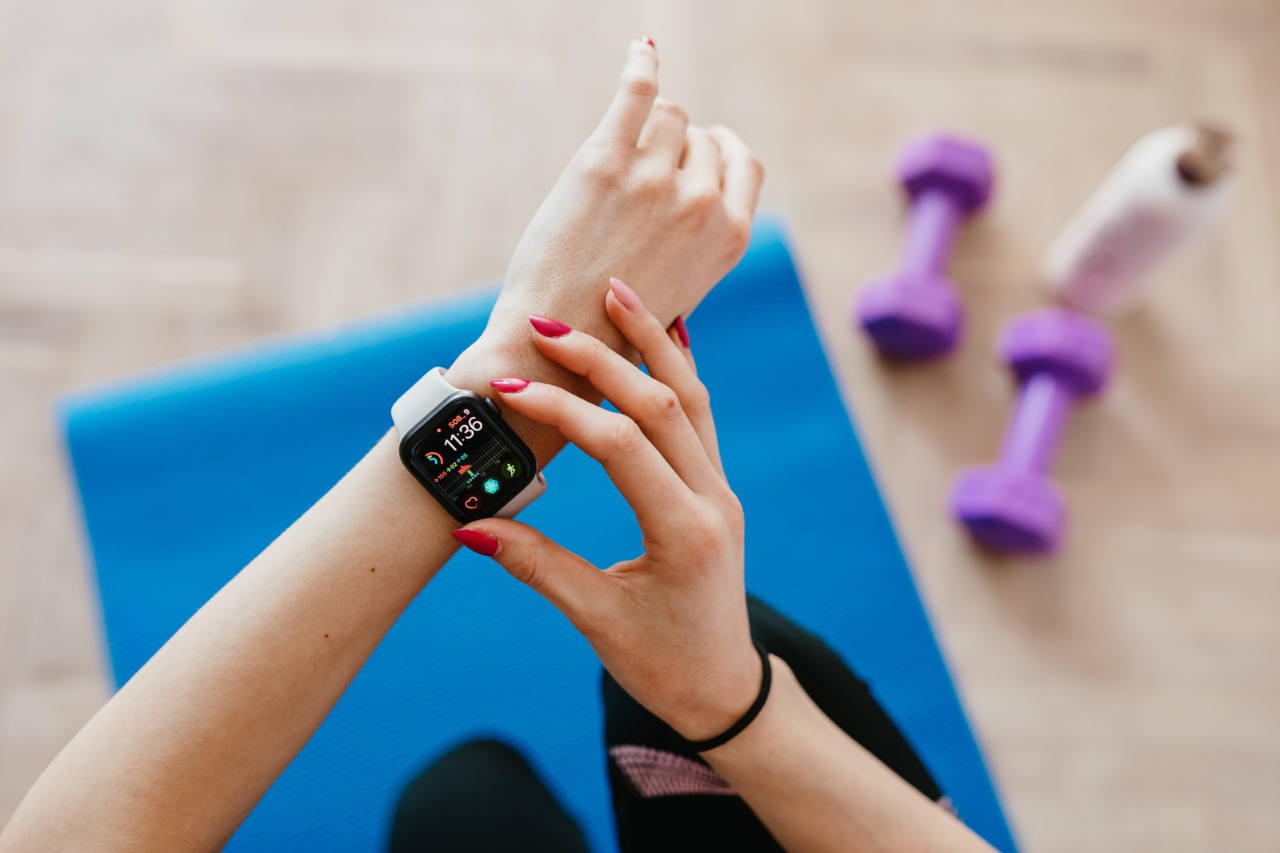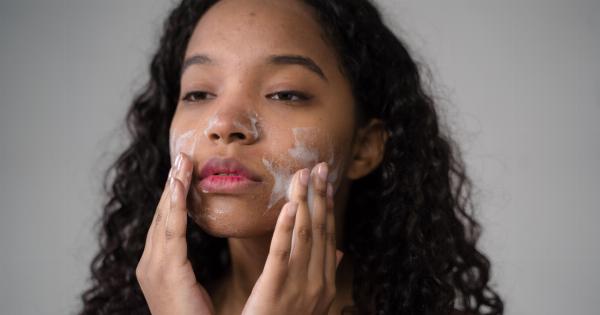When it comes to peel-off applications, selecting the ideal method is essential for achieving optimal results.
Whether you’re using peel-offs for beauty, packaging, or any other purpose, the right application technique can make a significant difference in the outcome. In this article, we will explore the factors to consider when selecting the ideal peel-off application and provide tips and guidelines for mastering the process.
Understanding Peel-Offs
Before diving into the selection process, it’s crucial to understand what peel-offs are and how they work. Peel-offs are thin, flexible films or stickers that can be easily applied to various surfaces.
They are designed to adhere securely to the surface and can be removed without leaving any residue behind. Peel-offs come in various shapes, sizes, and materials, and they typically feature a printed design or pattern.
Factors to Consider
There are several factors to consider when selecting the ideal peel-off application for your specific needs:.
1. Surface Compatibility
The surface compatibility of the peel-off application is crucial for ensuring proper adhesion. Different materials may require different types of peel-offs.
For example, peel-offs designed for glass surfaces might not adhere well to plastic or metal surfaces. Consider the material of the surface you intend to apply the peel-off on and ensure that the selected product is compatible.
2. Design and Size
Consider the design and size of the peel-off application. Depending on the purpose, you may want a small, discreet peel-off or a larger, eye-catching one.
Look for options that offer a variety of design choices to cater to your specific aesthetic preferences.
3. Adhesive Strength
The adhesive strength of the peel-off is another critical factor to consider. Some applications may require strong adhesion, while others may need a more gentle hold.
Make sure to select a peel-off with the appropriate adhesive strength for your specific requirements.
4. Application Ease
Ensure that the peel-off you choose is easy to apply. Look for options that come with user-friendly instructions and require minimal effort for a smooth application process.
A peel-off that is challenging to apply may result in uneven adhesion or wrinkles, affecting the overall appearance.
5. Removal Process
Consider how easy it is to remove the peel-off once it has served its purpose. The removal process should be simple, without causing any damage to the surface or leaving behind residue.
Testing a sample of the peel-off beforehand can help determine its ease of removal.
6. Durability and Longevity
Assess the durability and longevity of the peel-off application. Depending on your requirements, you may need a peel-off that can withstand environmental conditions, such as water or UV exposure.
Evaluating the product’s durability ensures that it will maintain its appearance and functionality over time.
7. Cost
Consider the cost of the peel-off application. While price alone should not be the determining factor, it is essential to find a balance between quality and affordability.
Look for options that provide reasonable pricing without compromising on the desired features and functionality.
Tips for Optimizing Peel-Off Results
To achieve optimal results with your peel-off application, follow these helpful tips:.
1. Clean and Dry the Surface
Before applying the peel-off, ensure that the surface is clean and dry. Any dirt, oil, or moisture can hinder the adhesive’s effectiveness and result in poor adhesion.
Use a mild cleanser and allow the surface to fully dry before proceeding with the application.
2. Smooth out Air Bubbles
During the application process, carefully smooth out any air bubbles that may form underneath the peel-off. Gently press your finger or a small tool against the peel-off, starting from the center and working your way towards the edges.
This step helps ensure a smooth, wrinkle-free application.
3. Avoid Stretching or Distorting
Be cautious not to stretch or distort the peel-off during the application. Stretching can alter the design or pattern and may result in uneven adhesion. Handle the peel-off gently to maintain its original shape and size.
4. Allow Sufficient Drying Time
After applying the peel-off, allow sufficient drying time. The adhesive needs time to bond fully with the surface, ensuring secure adhesion.
Refer to the product instructions for the recommended drying time before subjecting the peel-off to any external forces.
5. Remove Carefully
When removing the peel-off, do it slowly and carefully. Apply a gentle, even pressure to one corner or edge of the peel-off, slowly peeling it back from the surface.
Avoid pulling or yanking forcefully, as this may damage the surface or leave adhesive residue behind.
6. Store Properly
If you have any leftover peel-offs, make sure to store them properly. Exposure to extreme temperatures or moisture can affect their adhesive properties.
Keep them in a cool, dry place, ideally in their original packaging, to maintain their quality and usability.
Conclusion
Mastering the art of peel-off applications involves selecting the ideal method, considering various factors such as surface compatibility, design, adhesive strength, ease of application, removal process, durability, and cost.
By following the provided tips and guidelines, you can achieve optimal results and make the most out of your peel-off experience.































